![]()
![]()
![]()
Use LEFT and RIGHT arrow keys to navigate between flashcards;
Use UP and DOWN arrow keys to flip the card;
H to show hint;
A reads text to speech;
29 Cards in this Set
- Front
- Back
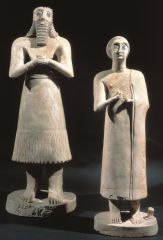
|
Statues of votive figures, from the Square Temple at Eshnunna (modern Tell Asmar, Iraq). Sumerian. c. 2700 B.C.E. Gypsum inlaid with shell and black limestone.
|
|

|
White Temple and its ziggurat. Uruk (modern Warka, Iraq). Sumerian. c. 3500–3000 B.C.E. Mud brick.
|
|
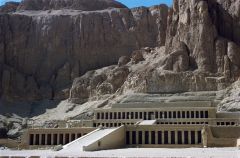
|
Mortuary temple of Hatshepsut. Near Luxor, Egypt. New Kingdom, 18th Dynasty.c. 1473–1458 B.C.E. Sandstone, partially carved into a rock cliff, and red granite.
|
|
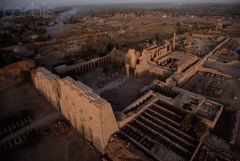
|
Temple of Amun-Re and Hypostyle Hall. Karnak, near Luxor, Egypt. New Kingdom, 18th and 19th Dynasties. Temple: c. 1550 B.C.E.; hall: c. 1250 B.C.E. Cut sandstone and mud brick.
|
|
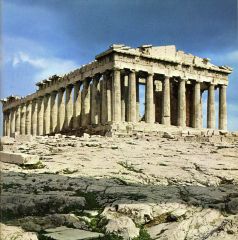
|
Acropolis. Athens, Greece. Iktinos and Kallikrates. c. 447–410 B.C.E. Marble.
|
|
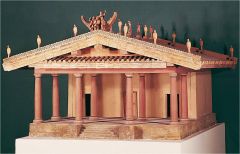
|
Temple of Minerva (Veii, near Rome, Italy) and sculpture of Apollo. Master sculptor Vulca. c. 510–500 B.C.E. Original temple of wood, mud brick, or tufa (volcanic rock); terra cotta sculpture
|
|

|
Great Altar of Zeus and Athena at Pergamon. Asia Minor (present-day Turkey). Hellenistic Greek. c. 175 B.C.E. Marble (architecture and sculpture).
|
|
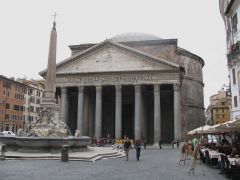
|
Pantheon. Imperial Roman. 118–125 C.E. Concrete with stone facing.
|
|

|
Seagram Building. New York City, U.S. Ludwig Mies van der Rohe and Philip Johnson (architects). 1954–1958 C.E. Steel frame with glass curtain wall and bronze. |
|

|
Arena (Scrovegni) Chapel, including Lamentation. Padua, Italy. Unknown architect; Giotto di Bondone (artist). Chapel: c. 1303 C.E.; Fresco: c. 1305. Brick (architecture) and fresco. |
|
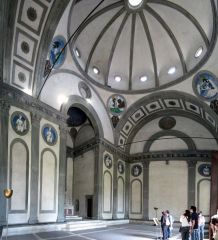
|
Pazzi Chapel. Basilica di Santa Croce. Florence, Italy. Filippo Brunelleschi (architect). c. 1429–1461 C.E. Masonry |
|

|
San Vitale. Ravenna, Italy. Early Byzantine Europe. c. 526–547 C.E. Brick, marble, and stone veneer; mosaic. |
|
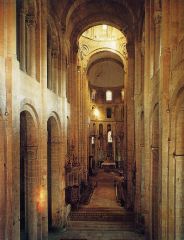
|
Church of Sainte-Foy. Conques, France. Romanesque Europe. Church: c. 1050–1130 C.E.; Reliquary of Saint Foy: ninth century C.E., with later additions. Stone (architecture); stone and paint (tympanum); gold, silver, gemstones, and enamel over wood (reliquary). |
|

|
Chartres Cathedral. Chartres, France. Gothic Europe. Original construction c. 1145–1155 C.E.; reconstructed c. 1194–1220 C.E. Limestone, stained glass.
|
|
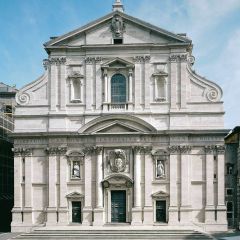
|
Il Gesù, including Triumph of the Name of Jesus ceiling fresco. Rome, Italy. Giacomo da Vignola, plan (architect); Giacomo della Porta, facade (architect); Giovanni Battista Gaulli, ceiling fresco (artist). Church: 16th century C.E.; facade: 1568–1584 C.E.; fresco and stucco figures: 1676–1679 C.E. Brick, marble, fresco, and stucco
|
|

|
San Carlo alle Quattro Fontane. Rome, Italy. Francesco Borromini (architect). 1638–1646 C.E. Stone and stucco |
|
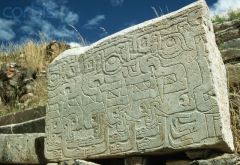
|
Templo Mayor (Main Temple). Tenochtitlan (modern Mexico City, Mexico). Mexica (Aztec). 1375–1520 C.E. Stone (temple); volcanic stone (The Coyolxauhqui Stone); jadeite (Olmec-style mask); basalt (Calendar Stone). |
|
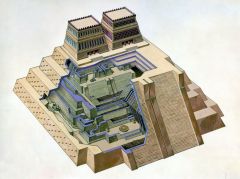
|
Chavín de Huántar. Northern highlands, Peru. Chavín. 900–200 B.C.E. Stone (architectural complex); granite (Lanzón and sculpture); hammered gold alloy (jewelry). |
|
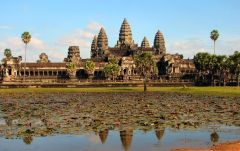
|
Angkor, the temple of Angkor Wat, and the city of Angkor Thom, Cambodia. Hindu, Angkor Dynasty. c. 800–1400 C.E. Stone masonry, sandstone.
|
|
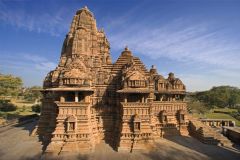
|
Lakshmana Temple. Khajuraho, India. Hindu, Chandella Dynasty. c. 930–950 C.E Sandstone. |
|
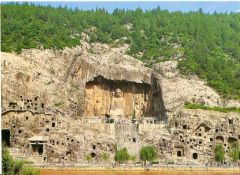
|
Ryoan-ji. Kyoto, Japan. Muromachi Period, Japan. c. 1480 C.E.; current design most likely dates to the 18th century. Rock garden. |
|
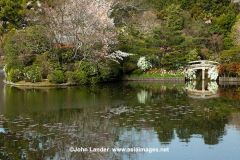
|
Longmen caves. Luoyang, China. Tang Dynasty. 493–1127 C.E. Limestone. |
|

|
Borobudur Temple. Central Java, Indonesia. Sailendra Dynasty. c. 750–842 C.E. Volcanic-stone masonry |
|
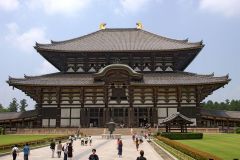
|
Todai-ji. Nara, Japan. Various artists, including sculptors Unkei and Keikei, as well as the Kei School. 743 C.E.; rebuilt c. 1700. Bronze and wood (sculpture); wood with ceramic-tile roofing (architecture). |
|

|
Great Mosque. Córdoba, Spain. Umayyad. c. 785–786 C.E. Stone masonry. |
|
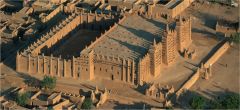
|
Great Mosque of Djenné. Mali. Founded c. 1200 C.E.; rebuilt 1906–1907. Adobe
|
|

|
Great Mosque (Masjid-e Jameh). Isfahan, Iran. Islamic, Persian: Seljuk, Il-Khanid, Timurid and Safavid Dynasties. c. 700 C.E.; additions and restorations in the 14th, 18th, and 20th centuries C.E. Stone, brick, wood, plaster, and glazed ceramic tile.
|
|
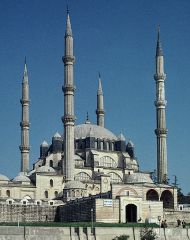
|
Mosque of Selim II. Edirne, Turkey. Sinan (architect). 1568–1575 C.E. Brick and stone.
|
|
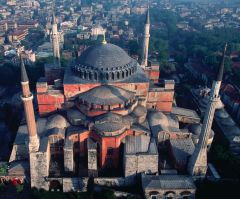
|
Hagia Sophia. Constantinople (Istanbul). Anthemius of Tralles and Isidorus of Miletus. 532–537 C.E. Brick and ceramic elements with stone and mosaic veneer.
|

